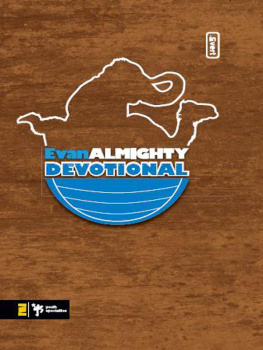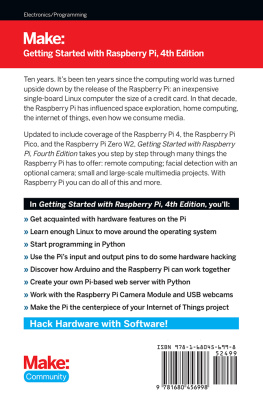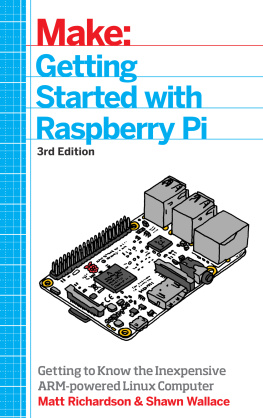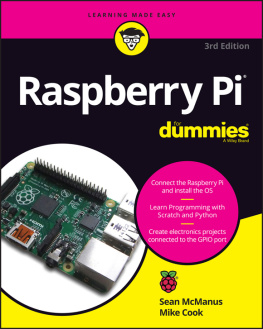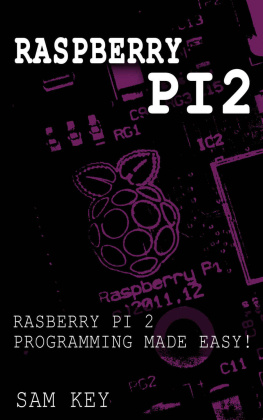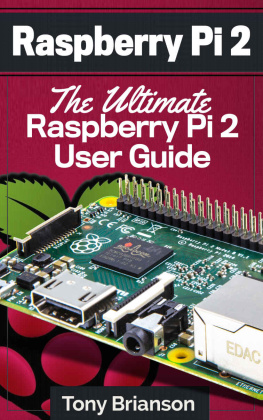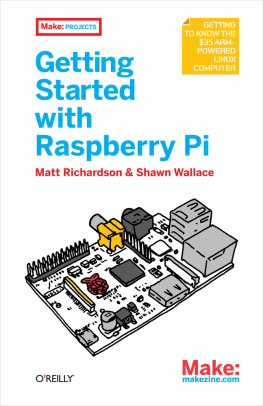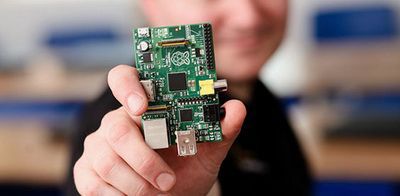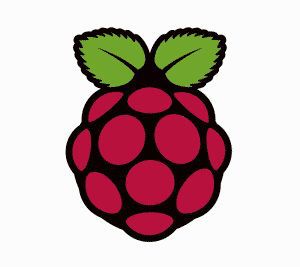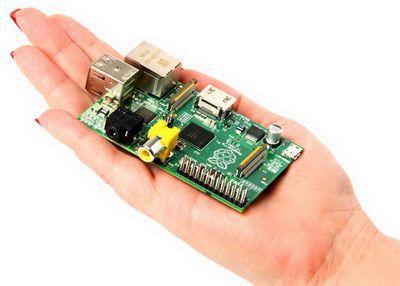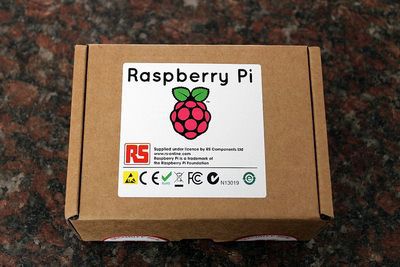Table of Contents
Meet The Raspberry Pi
While it may sound more like a delicacy, the Raspberry Pi is, in fact, a computer one that promises a world of interesting and intriguing possibilities. If you are reading this, chances are that you may already know this much. Maybe you heard about the Pi from a friend, or read about it on the web, in a book or a magazine. But for the uninitiated, the Raspberry Pi is a small computer, about the size of a credit card, which comes at a sweet, sweet price of $35.
Another fruity computer
The Raspberry Pi gets the first half of its name from the classic tradition of using fruit to name computer systems. Vintage systems like Acorn, Apricot and Tangerine to newer brands like Apple and Blackberry all get their names courtesy of fruits. The second half of the Raspberry Pi, however, comes from the Python programming language that holds special significance for this highly affordable system, as you will soon find out in the chapters that follow.
Needless to say, people were skeptical when this device was first announced. But when it started shipping it created a frenzy of excitement. No matter how you look at Raspberry Pi, the imperative thing that you will come back to is the price. Anything and everything this device promises is interesting primarily because of the extremely affordable price of the Pi. Pretty much anyone can pick up a Raspberry Pi without having to think too much about it. The same cannot be said of laptops, with even the most modest ones at least ten times more expensive than the Pi.
The Raspberry Pi Foundation
The groups of people that worked on and brought to us the Raspberry Pi are united under the umbrella of the Raspberry Pi Foundation. This non-profit charity, and the community that it has sprung, is the reason why we are here, why you are interested in this device, and why you are reading this book. The Foundation has solicited the support of two distributers to produce and sell the Raspberry Pi Farnell and RS Components.
Founded in 2009 with the aim of rekindling the development spirit that was so prevalent in computing back in the 80s, the Raspberry Pi Foundation oversees the provision of this affordable platform so that young people all over the world can dive into the wonderful world of home computing in a meaningful way. It is headquartered in Caldecote, Cambridgeshire, UK. You can visit the official website of the Raspberry Pi Foundation to find out more about this organization.
The intended audience
Originally developed by the Raspberry Pi Foundation to teach children how to program, the Pi soon generated a wave of enthusiasm amongst the computing community. So high was the demand that it outstripped supply for many a months. Things have improved manifolds as of this writing, but even now the waitlists for these small computers are very long.
The intended audience can broadly be classified into two categories the first is made up of technology enthusiasts who are proficient at Linux and want a smaller yet powerful server. Sure the fact that it is a cheap one is an icing on a very impressive cake. There are PCs available on the market that require very low-power, but again, they are not nearly as affordable as the Pi.
Now, the second category is for those people who like the idea of a nifty little computer for $35 that they can do some impressive stuff with, experiment and see how they can put it to use. And this is where a lot of the fun lies. You can tinker and tamper with a Pi without any guilt of a major monetary loss and try all sorts of interesting things on it.
What you can do with it
To be quite honest, the Raspberry Pi can do a lot of things very respectfully. It is probably not going to replace your main home PC but again a Pi is not going to break the bank either. Since the Pi is terrifically close to a normal PC, even though it is built on a different architecture (more on this later) you can do a lot of stuff on it that you would normally associate with a personal computer.
And this means that you will not have to start from scratch to get to grips with all the amazing possibilities Pi has to offer. Most of what you already know can be applied to your Pi. Starting off, you will want to do a lot of things other Pi pioneers tried (and accomplished) on their Raspberry Pi devices. By the time you are done reading this book, you will have a clear idea of how to do a lot of essential stuff, and where to go looking when you want more interesting adventures.
Perhaps the absolute best thing about the Raspberry Pi is that there is no single set way to use it. This multi-purpose machine can be used to watch high-definition videos or surf the web as easily as it can be set up to act as a server. Its greatest strength lies in the fact that it is a flexible platform one that is built not just for fun and utility but experimentation and examination. Here is just a slender selection of the different ways you can use your Raspberry Pi:
General purpose everyday computing
Playing classic games
Web browsing
Media center
Learning to program
Integration with technology projects
Advanced coding for the Pi platform itself
With affordable and small devices like the Raspberry Pi, a completely new era of computing is dawning upon us one that you can be a part of. And this book will help you get up to speed quickly. As you go through each chapter you will gain an insight and understanding of the real strengths of the Raspberry Pi and how it can become a useful tool in your digital life.
Raspberry Pi Hardware
As of right now only two distributors produce and sell the Raspberry Pi Farnell and RS Components. Both retailers have online stores and also sell additional accessories for it. You can buy anything from a power supply to a keyboard, mouse, casing and more. There is a growing list of compatible hardware for the Pi, but it is always a good idea to buy hardware from official resellers, just to be on the safe side.
The first encounter
Before you start your Raspberry Pi for the first time, it is a good idea to familiarize yourself with the nitty-gritty, nuts and bolts, the connectors and capabilities of the hardware. This will help you to not only understand what kind of projects you can use your Pi for, but also define and describe any additional hardware you will need. Additional hardware includes stuff like a power supply, a keyboard, a mouse and, of course, a display.
Unboxing the Pi is a no-frills affair. The Raspberry Pi usually arrives in a plain cardboard box with a couple of sheets of paper that contain the usual safety procedures and a quick-start guide. Currently, the Pi looks like something out of a computer geeks dream a utilitarian single-board computer, about the size of a credit card that actually resembles the insides of electronic devices. Maybe in the future, a Raspberry Pi will ship with a case, but for now it is the inside that matters.
Flavors of Pi
Before we get any further, a word about the two available models of Raspberry Pi. The $35 price tag is something that is talked about a fair bit in this ebook, and understandably it is one of the most distinctive features of the Pi. But there is another, even more affordable model available that retails for an even sweeter price of $25.




